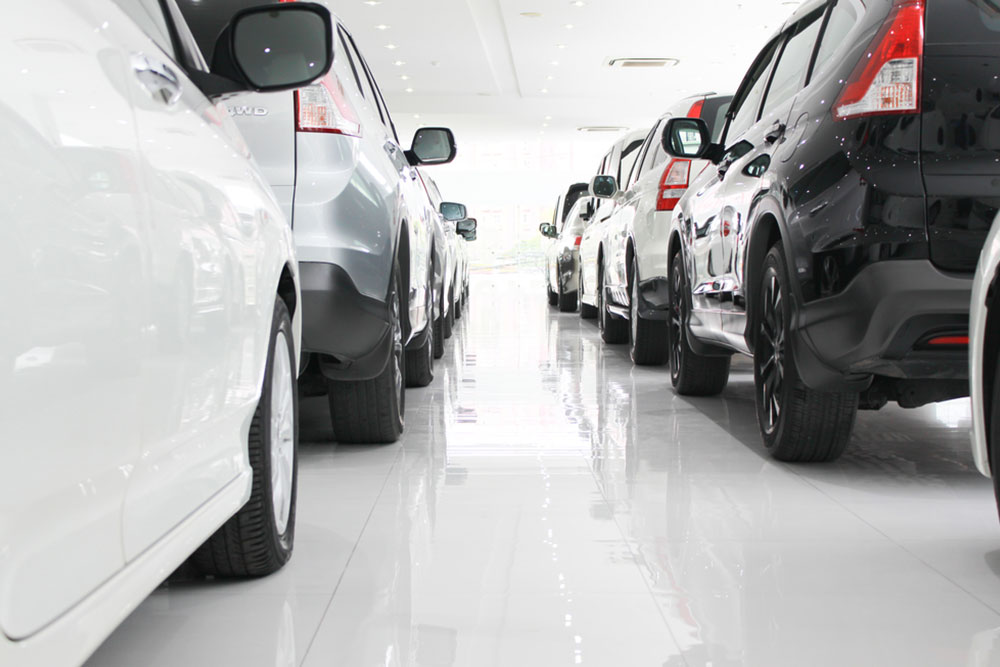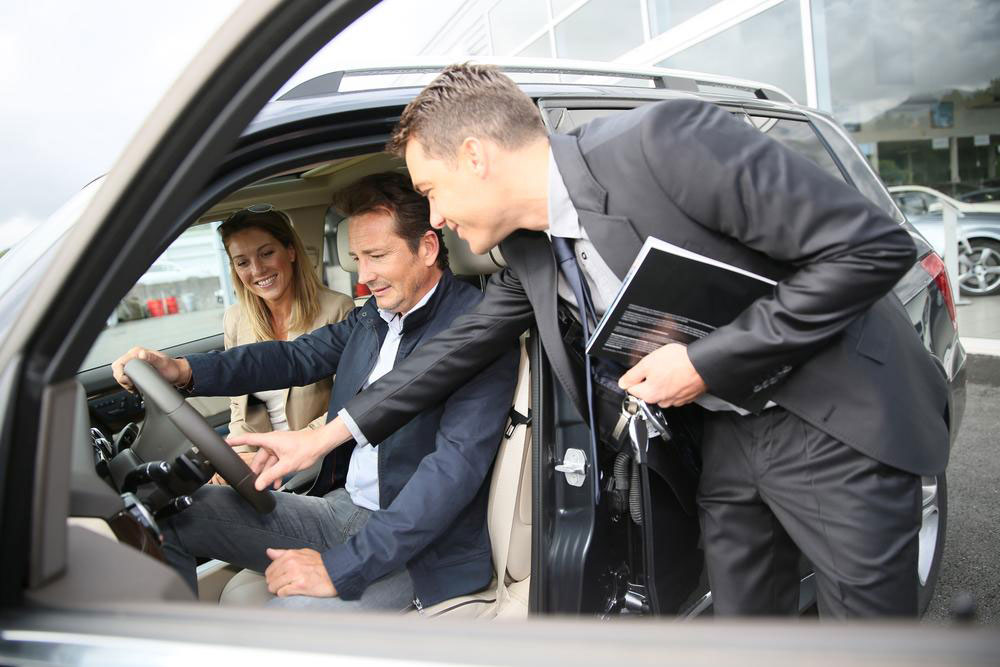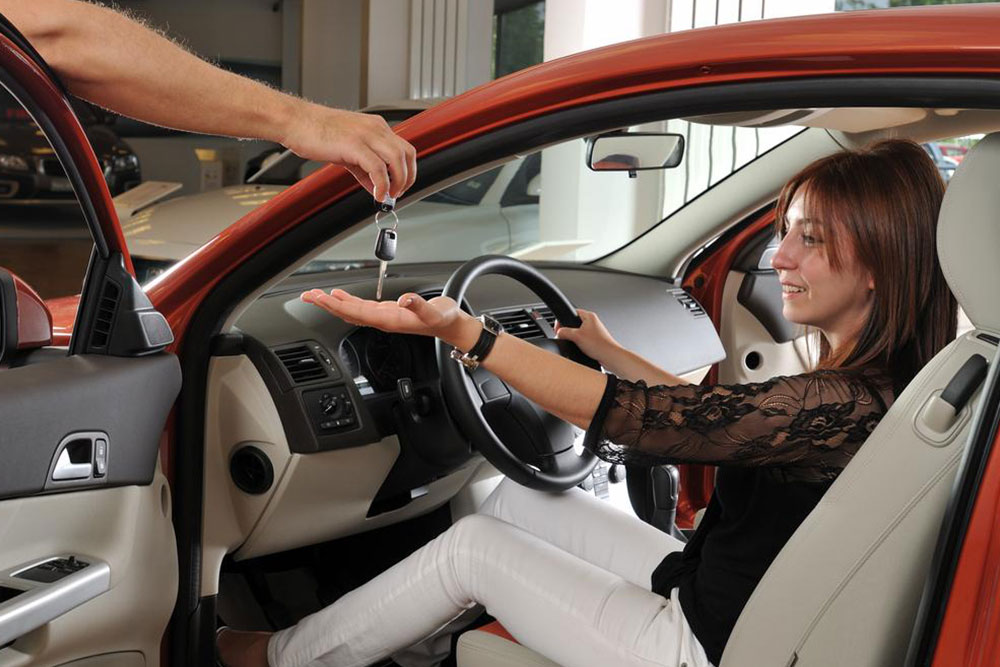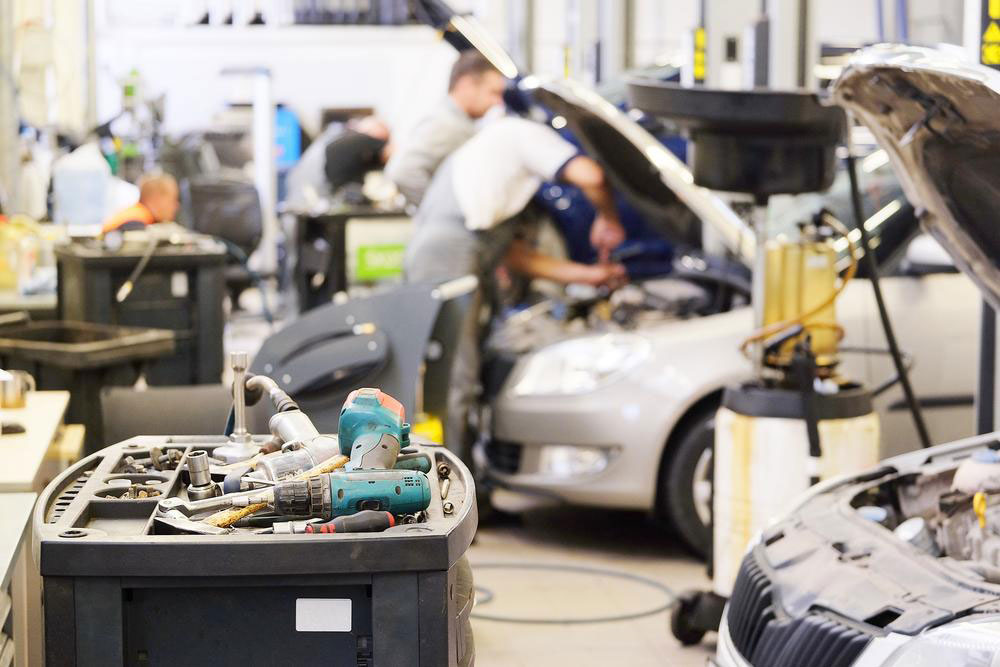Trends in an Expanding and Aging Vehicle Fleet: Challenges and Opportunities
The article explores the rising trends of vehicle population growth and aging fleets, highlighting their impact on urban congestion, infrastructure, and the environment. It discusses market rankings, vehicle aging statistics, dominant manufacturers, and future challenges, emphasizing the need for modernized transportation solutions and sustainable policies to tackle these ongoing issues.

Increasing Number of Vehicles and Aging Fleet: Insights and Outlook
In recent years, urban areas worldwide have experienced a significant surge in the number of vehicles on the roads. This expansion encompasses a broad spectrum of vehicle types, including heavy-duty trucks essential for freight and logistics, compact cars favored for city commuting, public buses serving mass transit needs, and vans used in both personal and commercial capacities. The rapid growth in vehicle ownership has been driven by economic development, rising disposable incomes, and urbanization trends, leading to more extensive road networks and infrastructure investments.
Globally, the country's vehicle market ranks as the second largest in the world, trailing only behind China. Currently, the total number of registered vehicles exceeds 300 million, representing a substantial portion of the population's mobility options. Among these, passenger cars account for a significant share, with commercial vehicles and specialized transportation modes also playing vital roles in the national economy and daily life.
One notable trend over the past fifty years is the steady increase in the average age of vehicles on the road. Today, the mean vehicle age sits at approximately 10.8 years, a figure that reflects both the durability of modern manufacturing and challenges related to vehicle replacement cycles. Older vehicles tend to have higher maintenance costs, increased emissions, and sometimes outdated safety features, contributing to broader concerns about road safety and environmental impact.
Major automotive manufacturers such as Ford, General Motors, and Chrysler continue to dominate the market. These companies have maintained extensive sales and service networks that support a diverse vehicle fleet. Yet, the rapid growth of the vehicle population has often outpaced the rate of new driver licensing, creating a complex urban mobility scenario characterized by congestion and environmental strain.
As the vehicle fleet ages, the maintenance infrastructure faces new demands. Many older vehicles require more frequent repairs and replacements of key components, stretching the capabilities of current service providers. Meanwhile, the ongoing increase in vehicle numbers further intensifies traffic congestion, especially in densely populated urban centers. This situation underscores the urgent need for modernized transportation infrastructure, innovative traffic management solutions, and sustainable vehicle replacement strategies.
Looking ahead, projections suggest that the trend of rising vehicle numbers and aging fleets will continue. By 2030, it is expected that vehicle registrations will keep pace with, or even surpass, current levels, exacerbating existing challenges. This outlook necessitates proactive policies on vehicle renewal, incentives for adopting newer, cleaner models, and investments in supporting infrastructure such as intelligent traffic systems and environmentally friendly transportation options.
Overall, understanding these trends is essential for policymakers, automotive industry stakeholders, and urban planners alike. Addressing the implications of an expanding and aging vehicle fleet will be vital for improving road safety, reducing emissions, and ensuring sustainable urban mobility in the years to come.





